Lime Microsystems
Software Defined Radio
Altera
Lime Microsystems
Software Defined Radio
Altera
The European Space Agency has officially backed the LimeSDR Mini campaign. Read the full update here.
The LimeSDR Mini development board is a hardware platform for developing and prototyping high-performance and logic-intensive digital and RF designs that use Altera’s MAX 10 FPGA and Lime Microsystems’ LMS7002M RF transceiver.
The LimeSDR and LimeSDR Mini are members of the same family of software-defined radios. One does not replace the other. Rather, they are complementary.
Simply put, the LimeSDR Mini is a smaller, less expensive version of the original LimeSDR. However, it still packs a punch - at its core, the LimeSDR Mini uses the same LMS7002M radio transceiver as its big sibling. The Mini has two channels instead of four, and, by popular demand, SMA connectors instead of micro U.FL connectors. Check out the comparison table below for more details.
We’ve already shipped thousands of LimeSDR boards and they are now available for purchase from stock. The LimeSDR Mini is built on the LimeSDR supply chain, dev tools, and community in a way that makes software-defined radio more accessible than ever.
| HackRF One | Ettus B200 | Ettus B210 | BladeRF x40 | RTL-SDR | LimeSDR | LimeSDR Mini | |
|---|---|---|---|---|---|---|---|
| Frequency Range | 1 MHz - 6 GHz | 70 MHz - 6 GHz | 70 MHz - 6 GHz | 300 MHz - 3.8 GHz | 22 MHz - 2.2 GHz | 100 kHz - 3.8 GHz | 10 MHz - 3.5 GHz |
| RF Bandwidth | 20 MHz | 61.44 MHz | 61.44 MHz | 40 MHz | 3.2 MHz | 61.44 MHz | 40 MHz |
| Sample Depth | 8 bit | 12 bit | 12 bit | 12 bit | 8 bit | 12 bit | 12 bit |
| Sample Rate | 20 MSPS | 61.44 MSPS | 61.44 MSPS | 40 MSPS | 3.2 MSPS | 61.44 MSPS | 30.72MSPS |
| TX Channels | 1 | 1 | 2 | 1 | 0 | 2 | 1 |
| RX Channels | 1 | 1 | 2 | 1 | 1 | 2 | 1 |
| Duplex | Half | Full | Full | Full | N/A | Full | Full |
| Interface | USB 2.0 | USB 3.0 | USB 3.0 | USB 3.0 | USB 2.0 | USB 3.0 | USB 3.0 |
| Programmable Logic Gates | 64 macrocell CPLD | 75k | 100k | 40k (115k avail) | N/A | 40k | 16K |
| Chipset | MAX5864, MAX2837, RFFC5072 | AD9364 | AD9361 | LMS6002M | RTL2832U | LMS7002M | LMS7002M |
| Open Source | Full | Schematic, Firmware | Schematic, Firmware | Schematic, Firmware | No | Full | Full |
| Oscillator Precision | +/- 20 ppm | +/- 2 ppm | +/- 2 ppm | +/- 1 ppm | ? | +/-1 ppm initial, +/-4 ppm stable | +/- 1 ppm initial, +/- 4 ppm stable |
| Transmit Power | -10 dBm+ (15 dBm @ 2.4 GHz) | 10 dBm+ | 10 dBm+ | 6 dBm | N/A | max 10 dBm (depending on freq.) | max 10 dBm (depending on freq.) |
| Price | $299 | $686 | $1,119 | $420 ($650) | ~$10 | $299 | $159 |
In addition to the LimeSDR Mini iteself, we’re also offering a few accessories and options.
We’ve designed a custom acrylic enclosure to protect your LimeSDR Mini and make it easy to throw it into your pocket or bag without worrying about damaging the board.
We’re offering omni-directional antennas with SMA connectors, optimized for frequency ranges of 800-960 MHz, 1710-2170 MHz, and 2400-2700 MHz. These are the same same antennas used with the full-size LimeSDR.
We’ve partnered with Seeed Studio to develop a new low-cost kit based around the LimeSDR Mini, Grove platform, and Raspberry Pi, that together provides everything you need to get started learning SDR basics and developing IoT applications.
The Grove Starter kit includes a GrovePi+ and selection of incredibly useful Grove sensors and outputs, many of which are supported by a Scratch extension. When combined with our ScratchRadio extension, this will allow the creation of simple and fun applications that integrate SDR capabilities and peripheral I/O.
The Grove Starter Kit does NOT include a LimeSDR Mini, antennas, Raspberry Pi, power supply, and microSD card.
Of course, use is not limited to Scratch and educational environments, and we’ll also be putting together examples that demonstrate how the kit can be used to develop applications that integrate with existing off-the-shelf systems, such as wireless thermostats and remote controls.
As with the original LimeSDR, the LimeSDR Mini is a free and open source project made in collaboration with the Myriad-RF project. We will be releasing code, firmware, schematics, layout, and associated project files shortly.
The LimeSDR Mini uses the same host-side software, called LimeSuite, as the full-size LimeSDR. LimeSuite is entirely open source and supports a variety of software-defined radios. You can learn more about LimeSuite at its GitHub repository and Myriad-RF project page.
A big part of the LimeSDR ecosystem is the Snappy Ubuntu Core app store being developed jointly with Canonical and the LimeSDR community. Because the LimeSDR and LimeSDR Mini use the same drivers and APIs, the snaps developed for one should work equally well for the other so long as they are within the operating specification.
If you have a question about ordering, paying, or shipping, please refer to The Crowd Supply Guide.
If you have a technical question about the operation of the LimeSDR Mini or any of its applications, please ask your question on the Myriad-RF forum.
Produced by Lime Microsystems in Guildford, England.
Sold and shipped by Crowd Supply.
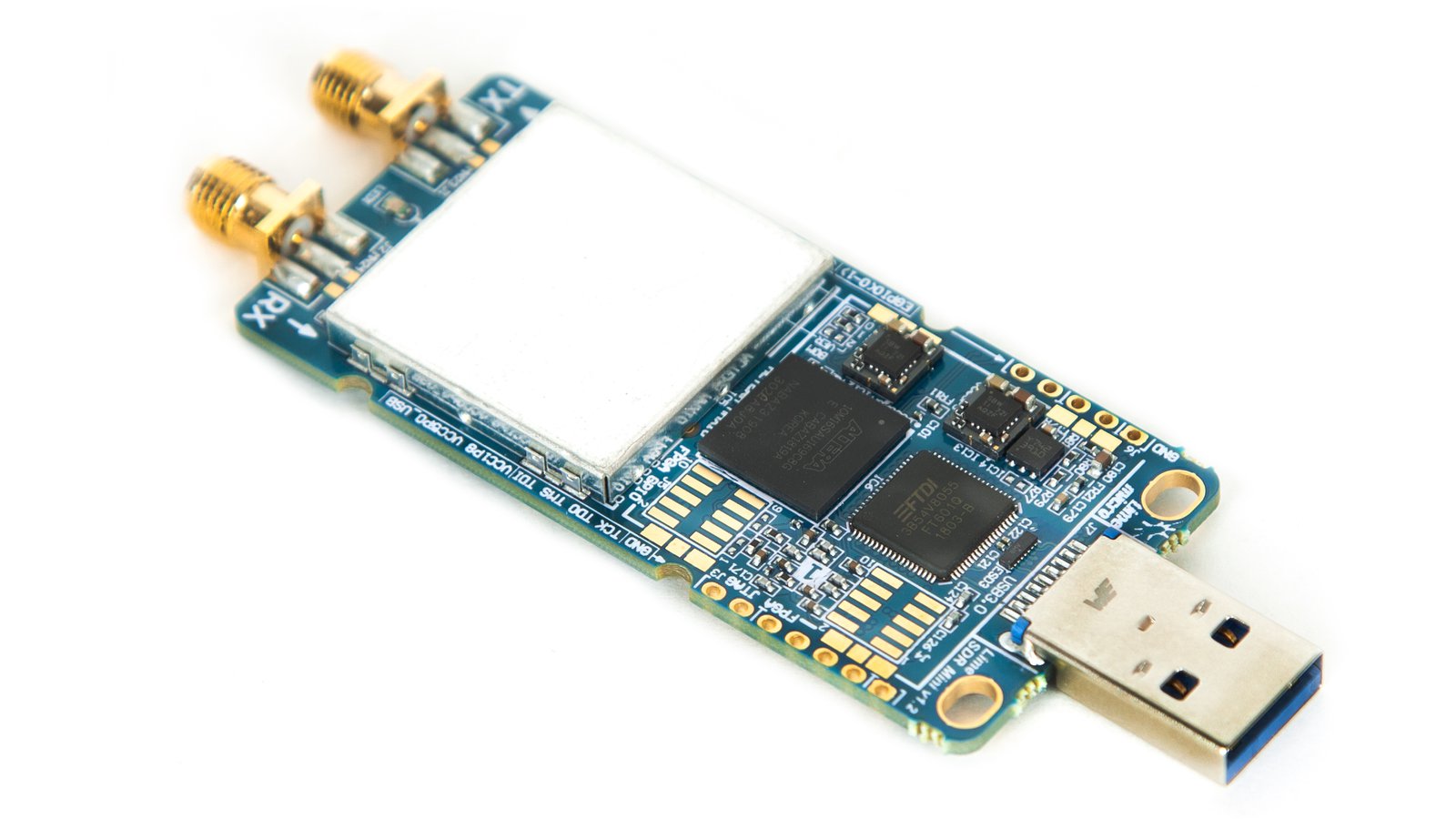
The LimeSDR Mini is the perfect way to start experimenting with and building your own wireless networks, protocols, and testers.

A collaboration with Seeed Studio, this 21-piece kit comes with a LimeSDR MIni, two antennas optimized for the 433/868/915 MHz unlicensed bands, a GrovePi+, an acrylic base plate, a USB extension cable, and a wide variety of Grove sensors and actuators: Ultrasonic Ranger, Temp&Humi Sensor, Temperature Sensor, Rotary Angle Sensor, Button, Light Sensor v1.2, 3-Axis Digital Accelerometer (±1.5 g), Relay, Sound Sensor, LCD RGB Backlight, Buzzer, Red LED, LED Bar 2.0, Touch Sensor, and Piezo Vibration Sensor. Compatible with Scratch. Raspberry Pi, power supply, and microSD card not included.
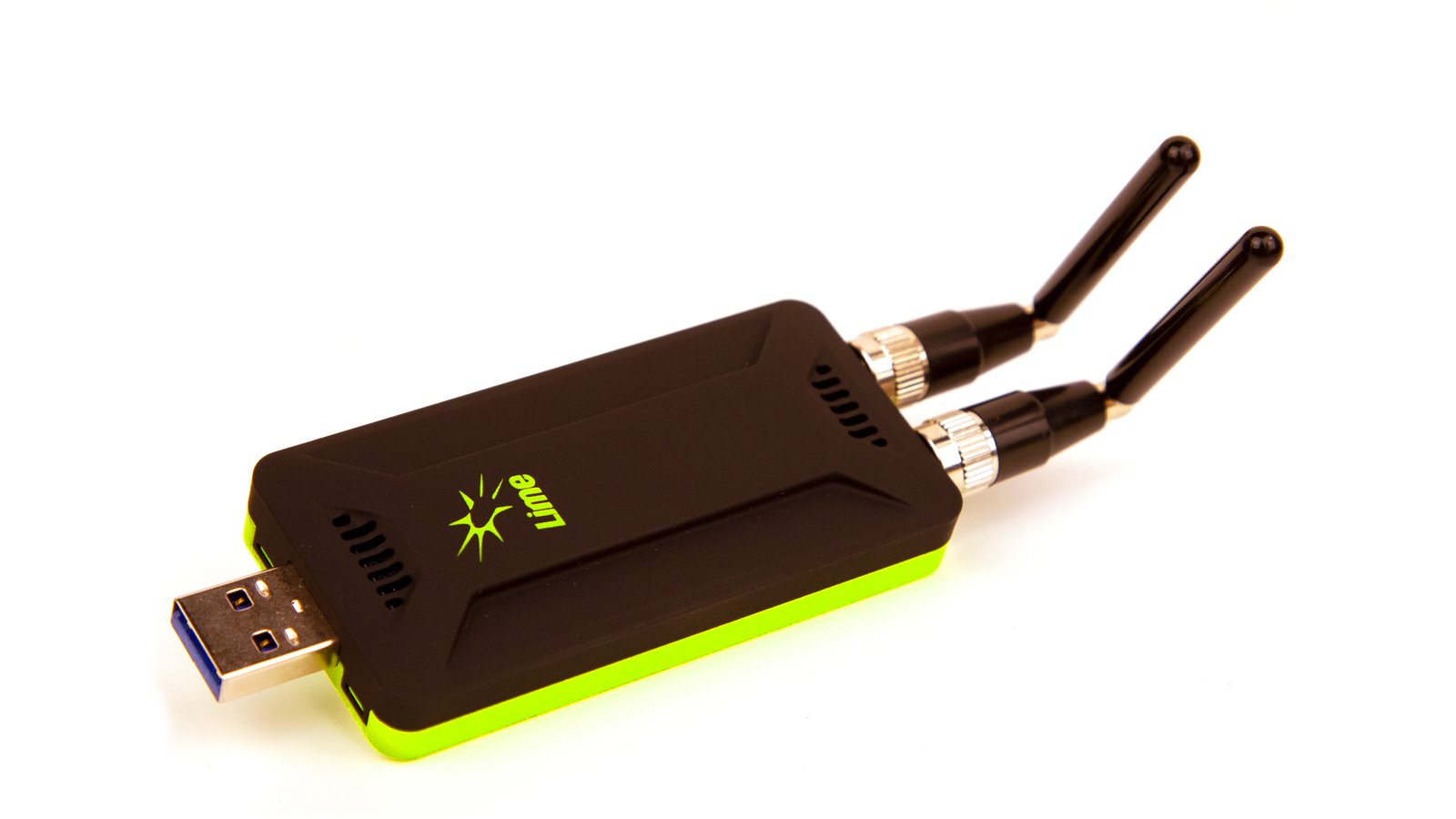
This custom-made aluminum case comes with a LimeSDR Mini and two antennas. The case not only keeps your LimeSDR Mini safe, but it also helps reduce noise interference. Perfect to slip into your pocket for all your on-the-go wireless adventures.
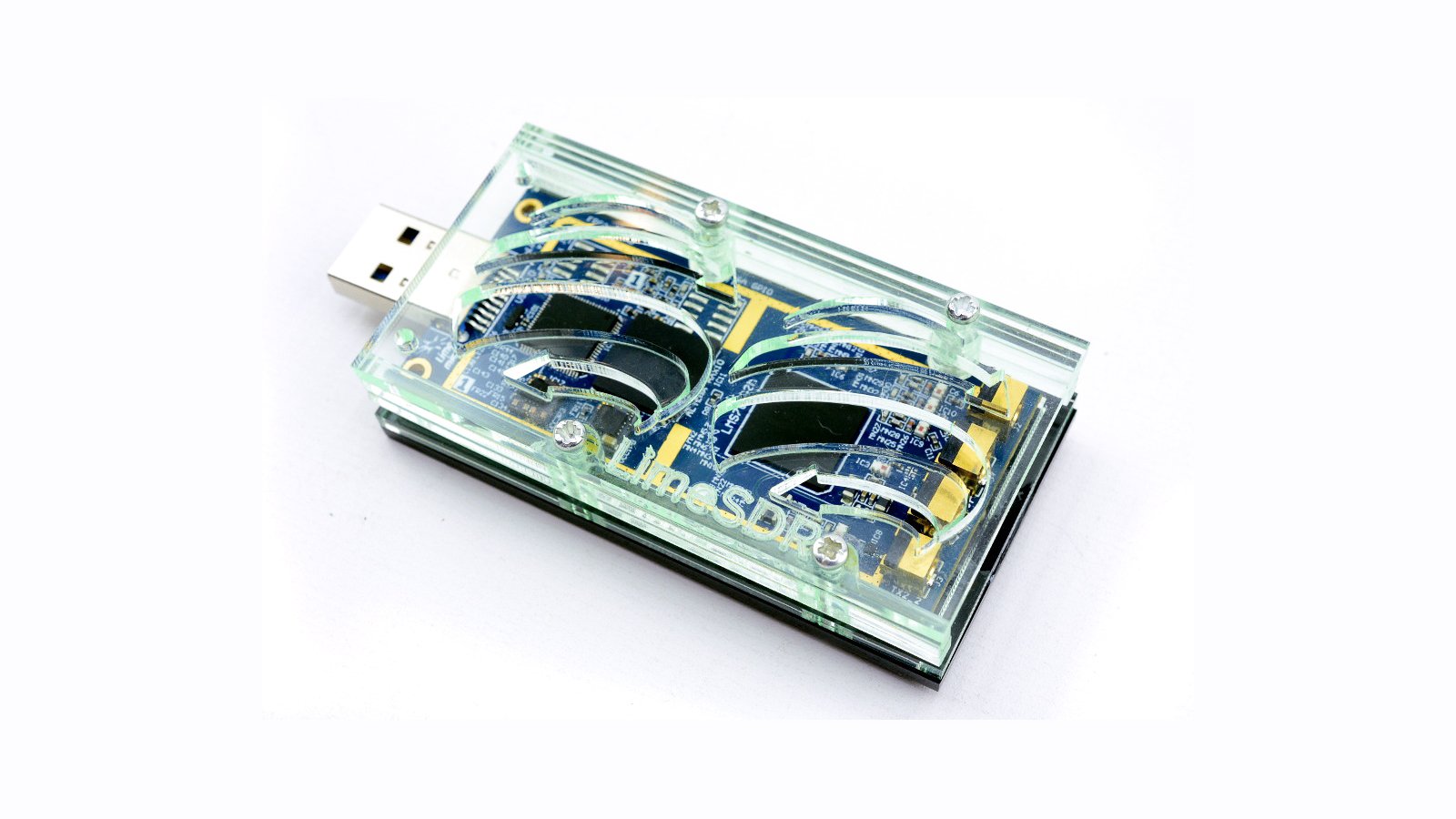
Keep your LimeSDR Mini safe in this custom acrylic case.
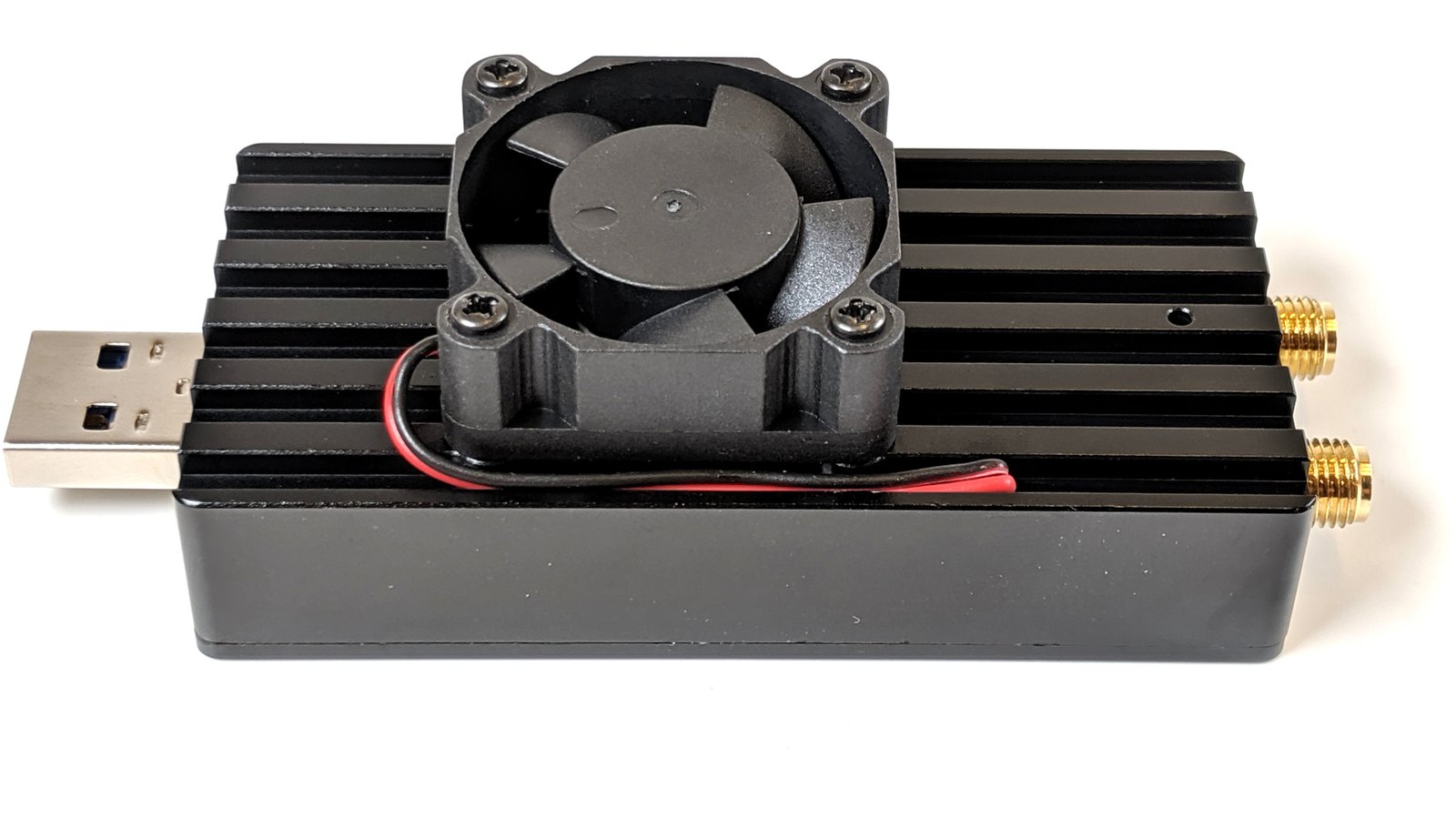
From the Lime AC Case project.
An aluminum case for LimeSDR Mini, including one fan. This case is NOT compatible with LimeSDR Mini 2.0.
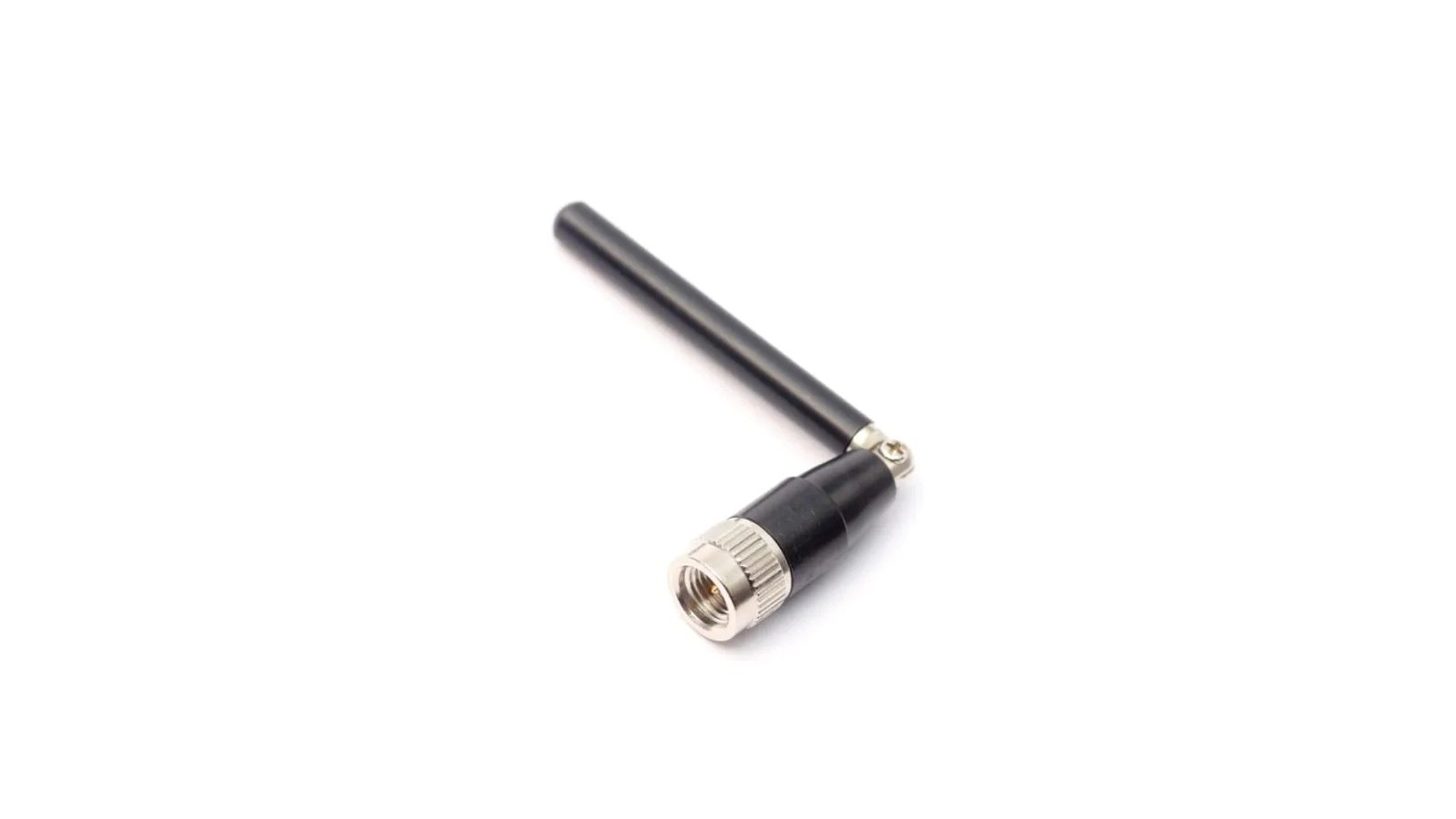
From the Crowd Supply Basics project.
A TG.09 4G/3G/2G cellular hinged SMA(M) mount monopole antenna.
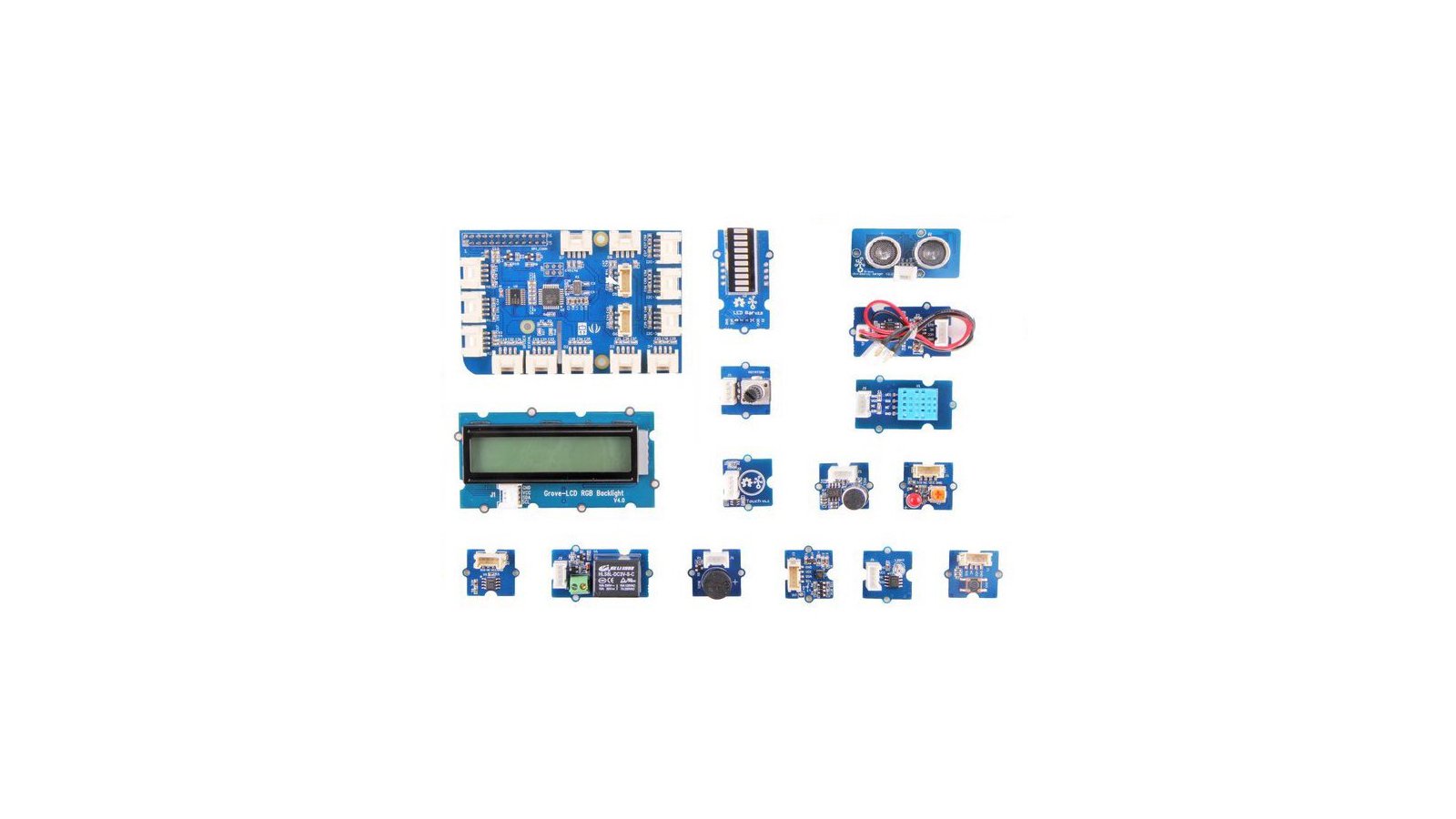
A collaboration with Seeed Studio, this 21-piece kit comes with a GrovePi+, an acrylic base plate, a USB extension cable, and a wide variety of Grove sensors and actuators: Ultrasonic Ranger, Temp&Humi Sensor, Temperature Sensor, Rotary Angle Sensor, Button, Light Sensor v1.2, 3-Axis Digital Accelerometer (±1.5 g), Relay, Sound Sensor, LCD RGB Backlight, Buzzer, Red LED, LED Bar 2.0, Touch Sensor, and Piezo Vibration Sensor. Compatible with Scratch. NOTE: LimeSDR Mini, Raspberry Pi, power supply, and microSD card are NOT INCLUDED.
Guildford, England · limemicro.com · myriadrf · LimeMicro · limemicro
Working toward the democratization of wireless communication through an open source ideology.
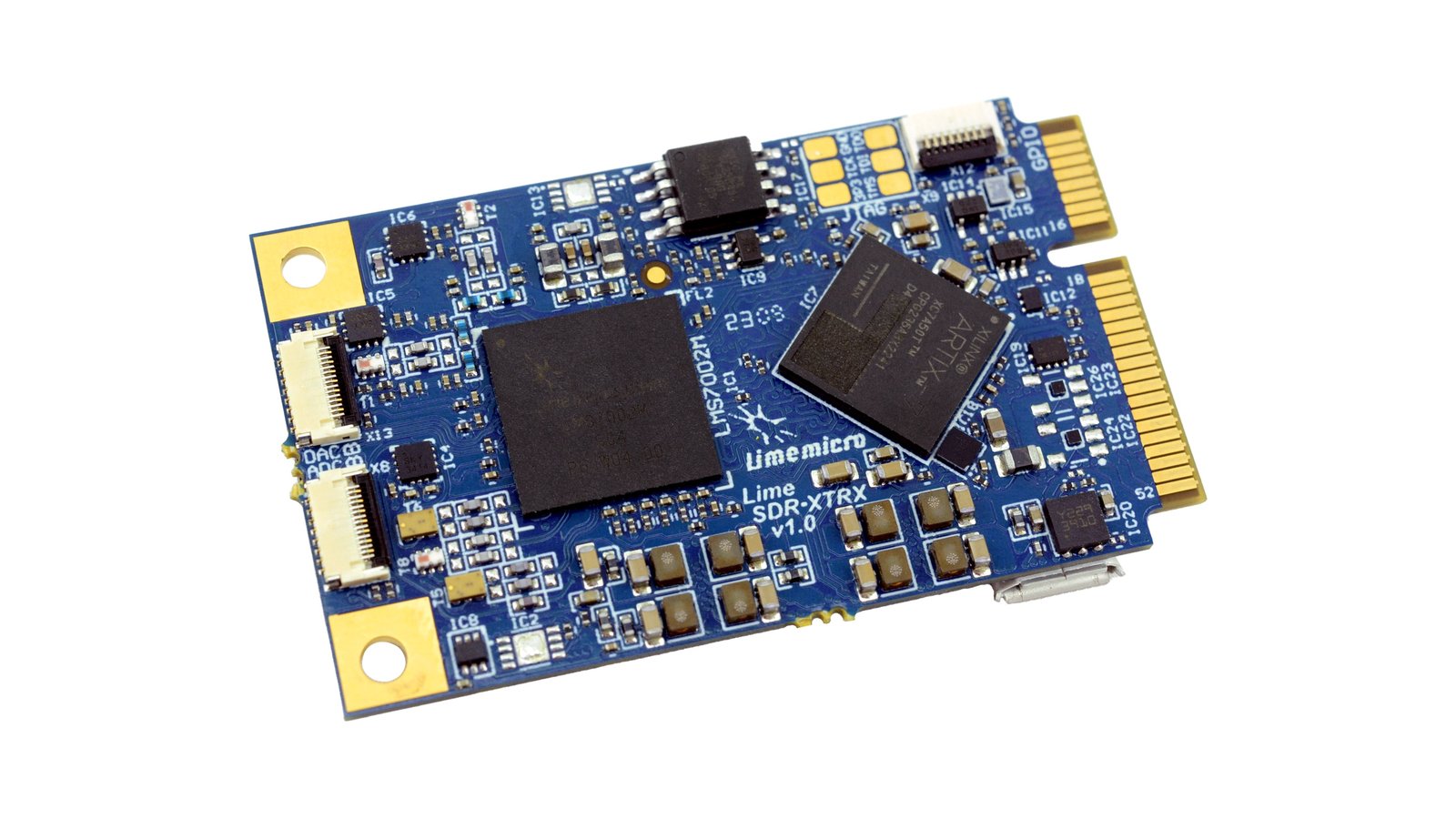
An embeddable, high-performance SDR in a Mini PCIe form factor
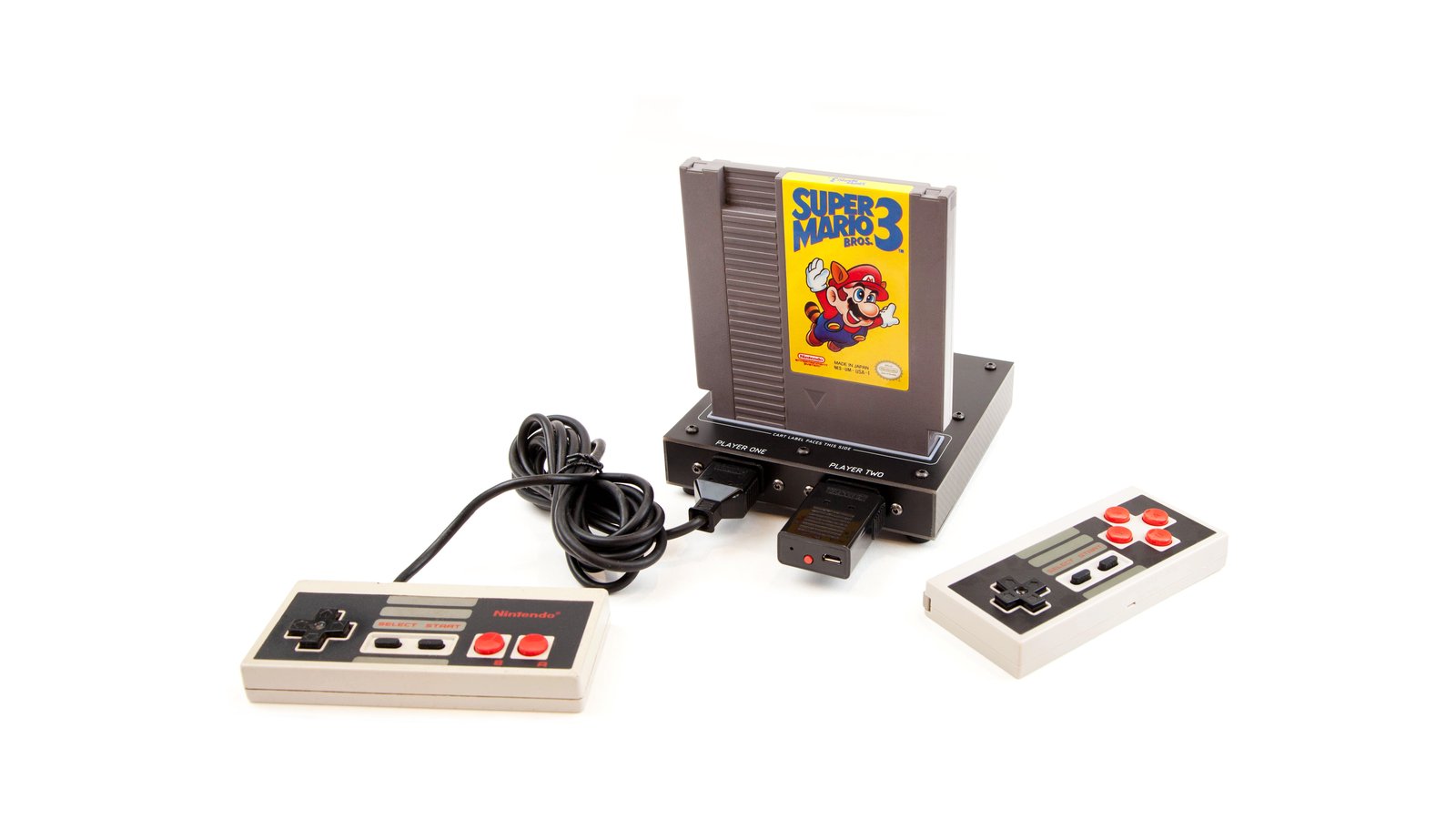
Classic NES games on open source hardware that fits in the palm of your hand
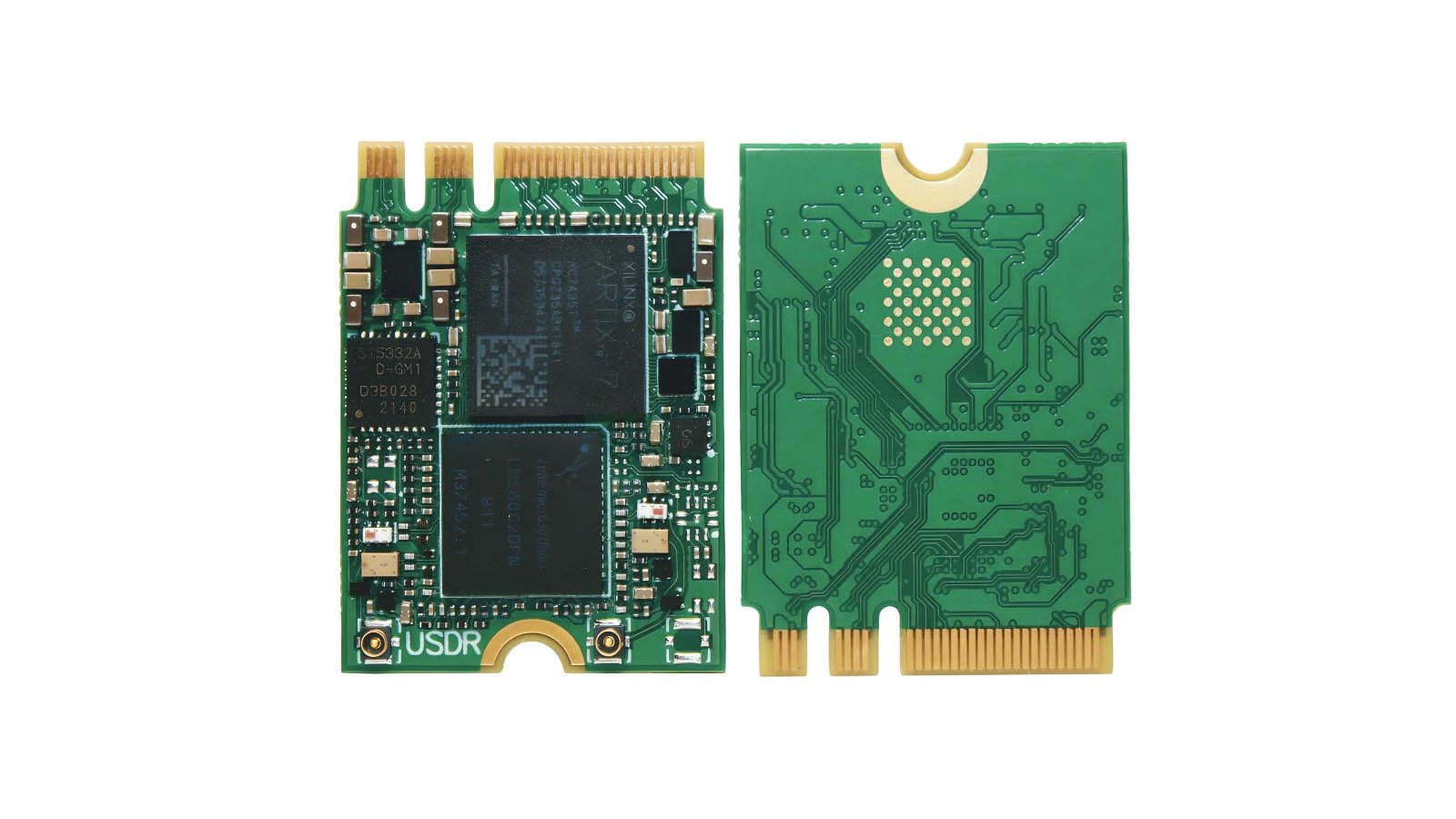
A tiny, single-sided M.2 SDR board that you can operate easily using your web browser